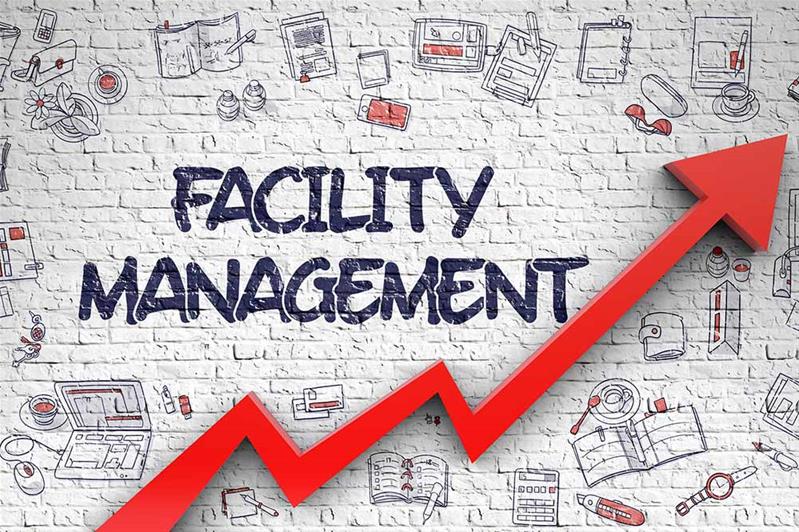How Total Facility Management Boosts Business Performance and Operational Success
How Total Facility Management Boosts Maintenance and Operations
Total Facility Management (TFM) stands for a transformative shift in just how organizations come close to maintenance and operations. By leveraging data-driven techniques and integrated modern technology, TFM not only anticipates and alleviates possible problems but additionally optimizes source appropriation and enhances productivity. The effects of taking on such a thorough structure expand beyond simple efficiency; they touch on sustainability and lasting property preservation. As we explore the complex benefits of TFM, one might ask yourself exactly how these practices can be tailored to resolve one-of-a-kind operational obstacles.
Boosted Upkeep Strategies
Improved Maintenance Techniques are important for enhancing the efficiency and durability of facilitiess. These techniques include an organized strategy to upkeep that stresses aggressive actions, anticipating analytics, and condition-based monitoring. By executing such strategies, organizations can effectively reduce unplanned downtimes and minimize operational disturbances.
One critical component of enhanced maintenance is making use of data-driven decision-making devices. These devices enable facility supervisors to assess historic performance information, recognize patterns, and forecast potential failings before they occur. This anticipating maintenance approach not just prolongs the life cycle of tools however also boosts safety and security and conformity requirements.
Empowering and educating upkeep employees are similarly essential in executing enhanced techniques (Total Facility Management). Well-trained personnel can execute regular evaluations and address small concerns before they rise. Furthermore, adopting a thorough possession management system assists in tracking of devices status, maintenance background, and scheduling of safety nets
Streamlined Operational Workflows
Maximizing operational process is crucial for the general performance of facility management. By carrying out structured processes, companies can decrease redundancies, decrease delays, and enhance efficiency. A well-structured functional workflow allows facility supervisors to allot sources effectively, making sure that jobs are finished in a timely manner.
Making use of facilitiess management software program can automate regular jobs such as job order management, stock tracking, and scheduling. Clear communication channels among group participants foster partnership and responsibility, additionally improving functional performance.
Systematizing treatments is another important part. Developing best practices helps guarantee that all personnel are straightened in their technique, decreasing the chance of mistakes and improving service delivery. Routine training and updates on process procedures also play a crucial duty in maintaining uniformity and efficiency.
Eventually, structured operational operations add to a more receptive facility management system, allowing companies to concentrate on tactical campaigns instead than being slowed down by administrative concerns. By focusing on performance, facility supervisors can considerably improve the overall performance of their procedures.
Proactive Problem Resolution

Regular assessments and checking systems play an essential function in this process, enabling facility managers to collect data and prepare for prospective failings. Additionally, cultivating open communication networks amongst personnel participants encourages the very early reporting of problems, even more facilitating punctual resolutions.
Implementing a thorough facility management software application can streamline the tracking of maintenance tasks and problem coverage, offering beneficial insights into reoccuring issues and their origin. This data-driven technique enables educated decision-making and prioritization of sources.
Ultimately, positive problem resolution not just maintains the integrity of facility operations however additionally enhances worker fulfillment and safety and security. By investing in methods that concentrate on avoidance, companies can produce an extra durable and effective functional environment, setting a solid foundation for future growth and success.
Expense Effectiveness and Source Management
How can companies accomplish a balance between cost efficiency and effective resource management in facility operations? The assimilation of total facility management (TFM) provides a tactical framework that boosts economic performance while optimizing source allocation. By consolidating services, companies can improve operations, minimize redundancies, and take advantage of economic climates of range.
Reliable source management starts with a detailed assessment of existing properties and functional processes. Utilizing data analytics, organizations can determine underutilized resources and address inefficiencies. This informed technique makes it possible for the implementation of targeted upkeep routines, thus lengthening asset life and minimizing unplanned downtime.

Training and advancement of facility management workers further improve cost effectiveness by equipping them with the abilities required to manage sources deliberately. Inevitably, by taking on a holistic technique to facility management, organizations can accomplish significant expense savings while guaranteeing that operational effectiveness remains a top concern.
Sustainability and Ecological Influence
The useful site integration of total facility management (TFM) not only improves expense efficiency yet likewise plays a crucial duty in advertising sustainability and minimizing ecological effect. By taking on a holistic technique to facility procedures, TFM helps with the execution of lasting practices that lessen source intake and waste generation.
Among the vital components of TFM is the optimization of power use. This consists of the fostering of energy-efficient innovations, regular upkeep of cooling and heating systems, and the application of wise building management systems. These actions not only reduced energy costs but additionally substantially decrease greenhouse gas discharges.
Moreover, TFM promotes the usage of lasting products in facility maintenance and renovation tasks. By prioritizing eco-friendly products and practices, facilitiess can minimize their overall ecological footprint while cultivating much healthier interior settings.

Conclusion
Finally, Total Facility Management dramatically improves upkeep and procedures with organized approaches that emphasize predictive analytics and condition-based surveillance. The combination of technology enhances workflows, while comprehensive training cultivates ability advancement amongst employees. Aggressive issue resolution minimizes unplanned downtime, adding to cost effectiveness and optimum resource management. TFM advertises sustainable practices, ultimately leading to enhanced facility management end results and you could try these out a culture of continuous improvement within companies.
Total Facility Management (TFM) represents a transformative shift in how companies come close to upkeep and procedures. Making use of facilitiess management software application can automate regular jobs such as work order management, supply tracking, and scheduling.Exactly how can organizations accomplish a balance between expense effectiveness and reliable source management in facility procedures? The combination of total facility management (TFM) provides a tactical framework that improves monetary efficiency while enhancing source allotment.In final thought, Total Facility Management dramatically improves maintenance and operations with methodical strategies that emphasize anticipating analytics and condition-based monitoring.